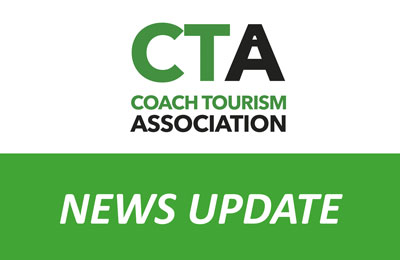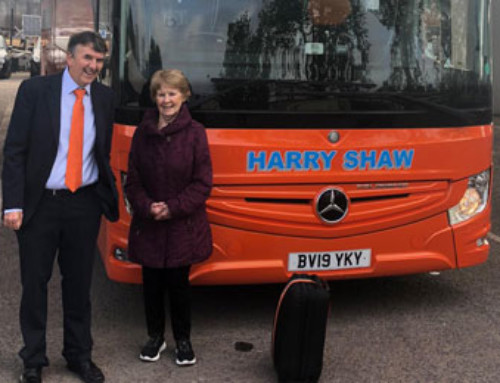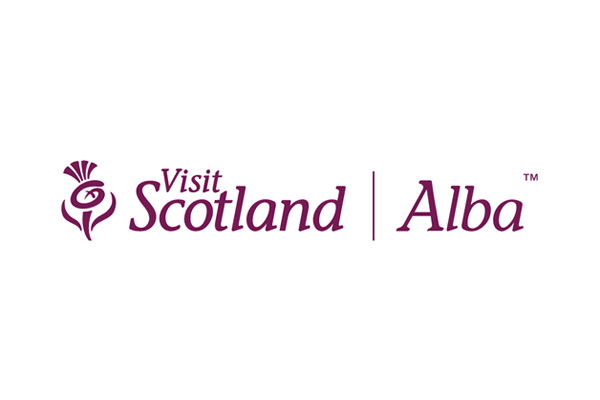The Department of Digital Culture Media and Sport has now given The Tourism Alliance further clarity regarding the coach operations.
In a summary the DCMS has said: “If it is possible to ensure that groups of more than six do not mingle on a tour, coach tours of over six people on the coach can go ahead. People must stay in their groups of up to six (or larger if they are from one household) on all parts of the tour – for example whilst in hospitality settings and when visiting attractions as well as whilst on the coach.”
To reinforce this, the DfT has now updated its Coronavirus (COVID-19): safer transport guidance for operators. This amends the guidance in accordance with the latest changes and includes the following statement which gives explicit backing for the continuation of coach tours and excursions in England in accordance with the required risk assessment and social distancing measures. It is also a requirement that the ‘rule of six’ is followed on arrival at all venues during a tour.
A key statement from the guidance states:
“These rules do not place any capacity constraints on public transport services, private hire vehicles or leisure tours. Operators should continue to provide transport services which can accommodate separate multiple groups of 6 people.”
There are areas currently under local lockdowns where different rules apply. The latest guidance from the DfT can be seen in the link at above, which also contains links for separate rules in Northern Ireland, Scotland and Wales.
One new development which will have an impact on groups is the introduction of a requirement for hospitality venues to display a QR code linked to the NHS Track and Trace app. All venues must display a QR code which will enable visitors to ‘check in’ with their details via the app. Operators should continue to ensure that they have full customers lists available to share with any venues they visit during the course of a tour.
The Treasury has also released details of his latest job support scheme starting on 1st November 2020 for six months. The Government will contribute towards the ages of employees who are working fewer than normal hours due to decreased demand. Employers will continue to pay the wages of staff for the hours they work – but for the hours not worked, the Government and the employer will each pay one third of their equivalent salary. This means employees who can only go back to work on shorter time will still be paid two thirds of the hours for those hours they can’t work.
Full details can be seen at: https://www.gov.uk/government/publications/job-support-scheme.
Ends.









